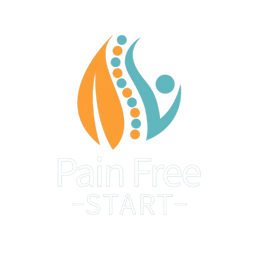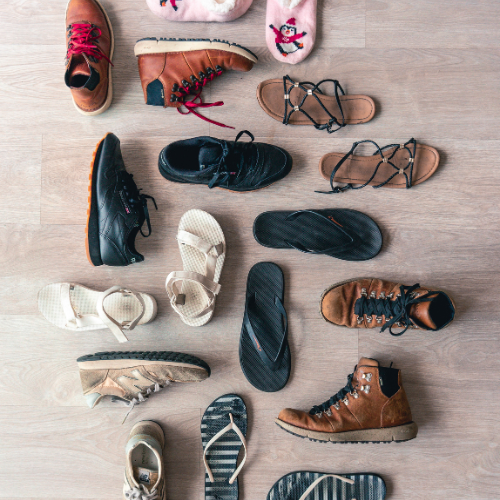Introduction
Plantar fasciitis, now often referred to as Plantar Fascia Pain, is a common cause of sharp heel pain, especially when you first get out of bed or after long periods of sitting or standing. One of the most effective ways to manage this condition is by wearing the best shoes for plantar fasciitis—ones designed to support your arch and reduce strain on your plantar fascia.
In this guide, you’ll discover what to look for in supportive footwear, the best shoe brands for plantar fasciitis, and additional tips to relieve heel pain naturally.
Why the Right Shoes Matter for Plantar Fasciitis
Wearing the wrong shoes—like flat, unsupportive, or ill-fitting ones—can increase stress on the plantar fascia. The right footwear reduces pressure, improves alignment, and helps prevent further injury.
Key Features to Look For in Shoes for Plantar Fasciitis
When shopping for plantar fasciitis-friendly footwear, look for these features:
1. Arch Support
Distributes weight evenly and reduces strain on the plantar fascia.
2. Cushioning
Soft yet firm cushioning, especially in the heel, absorbs impact.
3. Firm Heel Counter
A stable heel counter limits excess movement and supports the rear foot.
4. Flexible Midsole
Allows natural foot movement while maintaining necessary support.
5. Removable Insoles
Ideal for custom orthotics or extra heel pads when needed.

Best Shoe Brands for Plantar Fasciitis
These brands consistently deliver comfort, support, and durability:
- Hoka One One – Excellent shock absorption and plush cushioning.
- Brooks – Great for daily use with strong arch support.
- Vionic – Built-in orthotic support makes them perfect for plantar fascia pain.
- New Balance – Available in various widths; good for orthotic compatibility.
- ASICS (Gel series) – Exceptional cushioning for walking and running.
Don’t want to buy new shoes? Try This Alternative
There is no need to rush out and buy new shoes an innersole that you can put in your current shoes can be an easier and less expensive alternative.
- Orthotic Insoles – Add custom or off-the-shelf support for flat feet or high arches.
How to Walk Comfortably with Plantar Fasciitis
Walking doesn’t have to be painful. Here are simple ways to reduce discomfort:
- Relative Rest – Limit long walks during flare-ups to allow healing.
- Warm-Up Stretches – Loosen the calves and plantar fascia before walking.
- Short-Term Heel Inserts – Great for cushioning, but avoid long-term use to prevent calf tightness.
- Modify Your Gait – Avoid limping or toe-walking. Aim for a heel-to-toe roll.
- TREAT THE PROBLEM – Ultimately this is what is going to resolve the issue. Learn more about how to do this in my FREE Masterclass.
Should You Stop Walking or Running?
In early stages, you will probably have to reduce or stop walking or running in order to settle the problem. But rest doesn’t mean total inactivity. Gentle walking in supportive footwear can promote healing once the initial pain has settled. Monitor your symptoms and adjust your activity levels accordingly.
For runners, check out my Guide to Running with Plantar Fascia Pain.
Tip: Standing loads the plantar fascia too! Sit down where possible—and always wear supportive shoes, even indoors.
Extra Tips for Managing Heel Pain
Shoe choice alone will not resolve this tricky problem. You will need to look at the bigger picture to settle it down.
My FREE Masterclass does just that. We begin by assessing your foot before exploring why this has happened and what you can do to resolve it. I would love to see you there. Click to learn more or enrol.
Don’t Let This Become a Recurring Issue
Plantar fasciitis often returns if the underlying weaknesses and other issues are addressed. The key is to:
- Strengthen key muscle groups
- Improve foot biomechanics
- Maintain flexibility
Need help? I can guide you through everything—from footwear to exercises. With my full rehab program. Click here to learn more about my Plantar Fascia Pain Program.
Conclusion
The Best Shoes for Plantar Fasciitis Are Just the Start
Footwear plays a huge role in easing heel pain, but it’s only one piece of the puzzle. Combine good shoes with targeted strengthening and lifestyle changes to break the cycle of plantar fascia pain for good.
A structure rehab program is ideal. Learn more about my Plantar Fascia Pain Program here. I would love to help.
Don’t forget to take your FREE place on my Masterclass – where we assess your foot, explore what is contributing to this problem and what you can do about it. See you there.
Take care, Helen
Helen Manders BSc (Hons) MCSP HCPC
Chartered Physiotherapist
Treating Plantar Fascia Pain Since 2001
Click to learn more about my FREE Masterclass and enrol.




